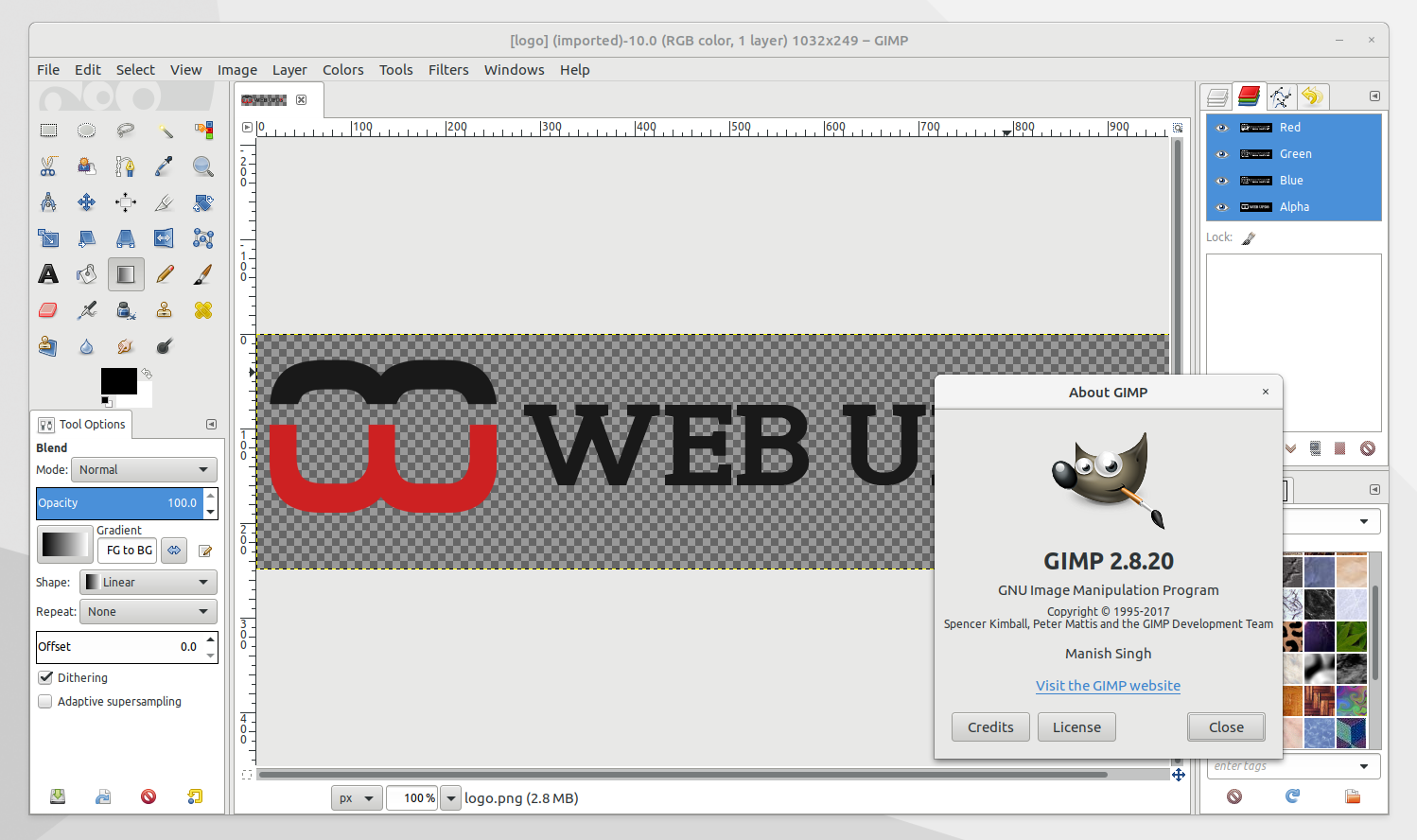
I’ve never used GIMP before now and I was really curious and enthusiastic to try it out. This comes pre-installed in GIMP, version 2.8. So this brings us to the next RAW editor, UFRaw. However, there are no layers in ACR or Lightroom, so if you need further editing where layers are required you will need to use Photoshop or GIMP. Editing RAW files can be easily done in one pass, especially if you have captured the image that you want in-camera. It means my workflow is quite efficient as I’m using ACR and Photoshop side-by-side.įinal edited image from the basic adjustments in ACRĪll edits done in ACR are non-destructive. I usually bring my images into Photoshop when I’ve done the initial edits in ACR. But I found ACR just got better with each new release. Canon (DPP) and other major camera manufacturers have their own RAW proprietary software.
#Photoflow and gimp 2.8 download#
I merely wanted to test Photoshop’s ACR against some of the RAW editors that are available to download for free, such as GIMP and RawTherapee.Ī few years back, I was using ViewNX (now ViewNX2), which is Nikon’s RAW free editing software. The main RAW editor that I will go into more detail on is Adobe Camera Raw (ACR), which comes with Photoshop and is my primary go-to RAW editing software.Īs a side note, this article is by no means a complete in-depth review of the pros and cons of each of the the three RAW editors. In this article, I will be testing out two RAW editors which are free to download.
#Photoflow and gimp 2.8 software#
Shooting RAW has become more commonplace as cameras have the option, built-in and RAW editing software is more widely available on both Mac and PC. The RAW file always remains in its original state. It is then saved as a jpeg or some other format. More detail can be retrieved from the highlights and shadows. When you upload a RAW file onto your computer the white balance, and tonal corrections have to be set manually. The main benefit to shooting RAW is simply to have as much information as possible in the file.


Unlike a jpeg file which has been edited in-camera (or in post-processing) and is a compressed 8-bit file. A RAW file is really the digital negative, which means that all the data is stored waiting to be unleashed via a RAW Editor.


 0 kommentar(er)
0 kommentar(er)
